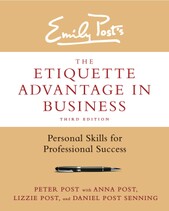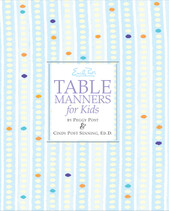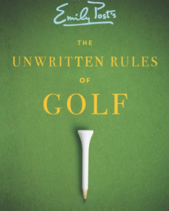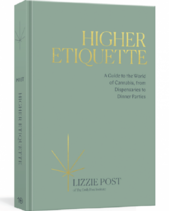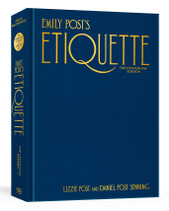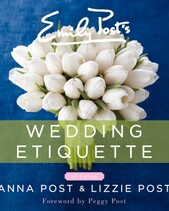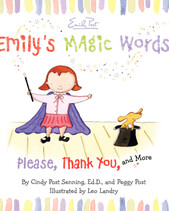
Emily Post: Road Trip
Emily Post, a cultural icon and a household name for countless Americans, remains known today for her timeless advice on entertaining, weddings and all things etiquette. Yet many of her readers are unaware of the remarkable events that contribute to her own life story. We at The Emily Post Institute believe that the factual accounts and inherited tales of Emily Post as a person should not be forgotten. Our Historical Emily Post series will attempt to present brief windows into the lesser-known life and work of Emily Post in her contemporary moment.

A Great American Tradition, the Road Trip
Before Emily Post wrote Etiquette in Society, in Business, in Politics, and at Home, in 1922, that established her status as an etiquette authority, she was already a recognized novelist and journalist. Emily began to pursue her career in letters at the brink of the twentieth century, slowly returning to a life in the arts that she had forsaken upon marrying Edwin Post as a young woman. By Motor to the Golden Gate, a chronicle of her cross-country automobile journey that she published in 1916, exhibits the full-grown liberty that blossomed in Emily in the years of recovery from a constrained and stifling relationship with her husband. Her self-confident and even defiant attitude in the opening pages of this story presents a surprising complement to the refined and respectful temperament that many associate with her name. As Emily prepares for her drive from New York to San Francisco, she confronts a flurry of doubts, which she captures with a hint of playful critique:
“‘They’ll never get there!’ said the banker, with a successful man’s finality of tone. ‘Unless I am mistaken, they’ll be on a Pullman inside of ten days!’”
Emily refuses to heed their warnings and advice with a brusque denial of their proposals: “We are not taking [a chauffeur], nor servants, nor mechanic either.” Her resistance to the dissuasions of her male counterparts – “the Englishman,” “the New York banker” – is actually very characteristic of her personality as an independent woman. Even her editor’s suggestion that they turn around and come home as soon as the trip begins to get “too uncomfortable” provokes Emily to resolve to navigate all the way to the Pacific regardless of the conditions.
Her classic self-sufficiency reveals itself throughout the entire story as she embarks on the 27-day car trip across America, complete with the elements that make any road trip memorable: the nauseating climbs along muddy roads, the elegance of stylish downtown hotels and the “eccentric topsy-turviness” of Midwestern cities. While she presents a panoramic view of the country, Emily also artfully zeroes in on the subtle details that compose the scenes of her travel. Marveling at the elegant but unnecessary buttons, knobs and ornaments of a Chicago bathroom; analyzing the urban planning of rural ghost towns: Emily’s curious and perceptive eye reminds us that she was not only a pioneer of contemporary etiquette, but also an early figure of the Great American Road Trip – an independent traveler leaving her established connections behind to wander the open road and get up close and personal into the face of American culture.
The thrill of her cross-country expedition and the desire to record and share it embodies the independent spirit that fueled Emily’s appetite for and adaptability to challenge. Examining the long road before her, Emily considers the possibility of trials on the trail with a degree of optimism: “I really quite honestly hope that everything will not be so easy as to be entirely colorless.” It is this positive attitude toward tests of strength that helped Emily emerge from her previous moments of struggle and that would see her through in the hardships to come.
